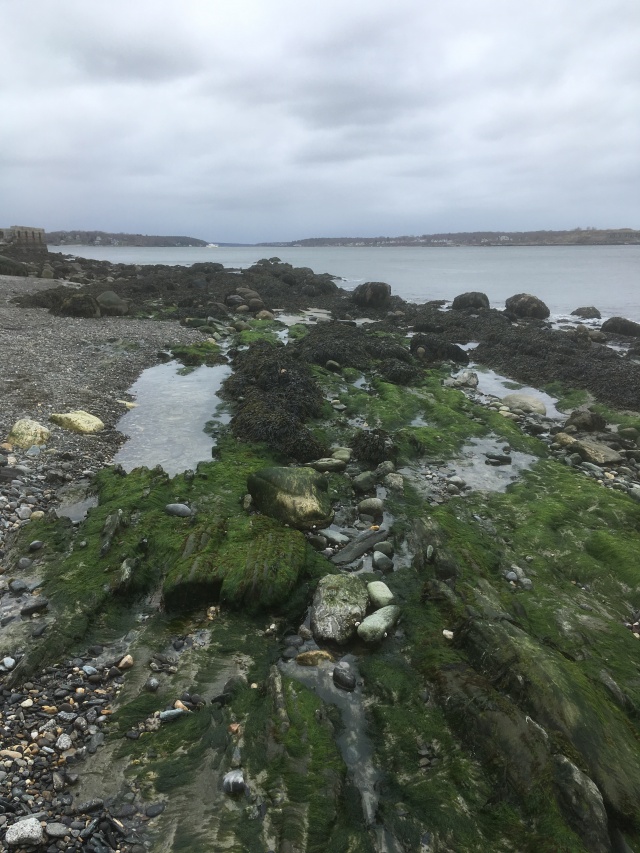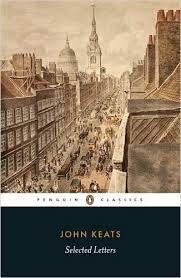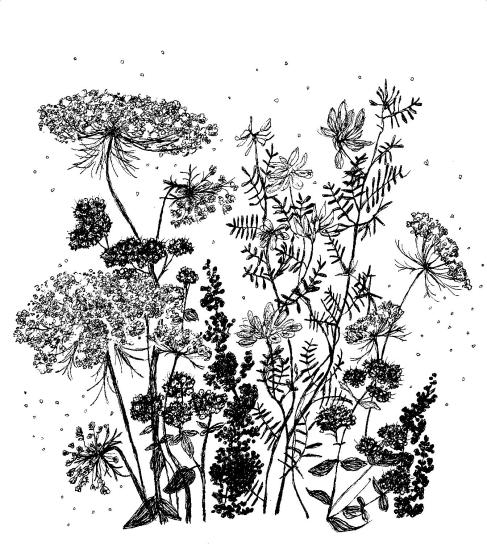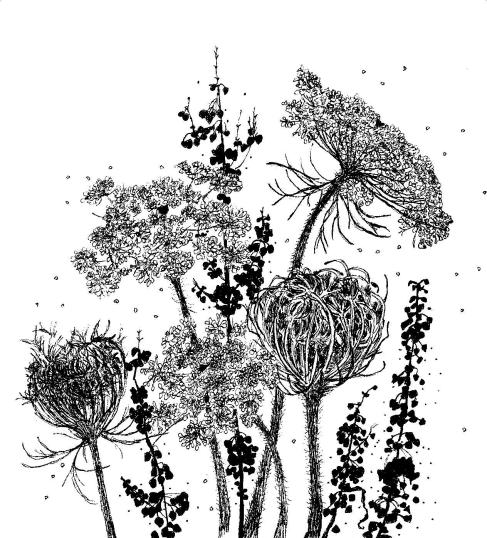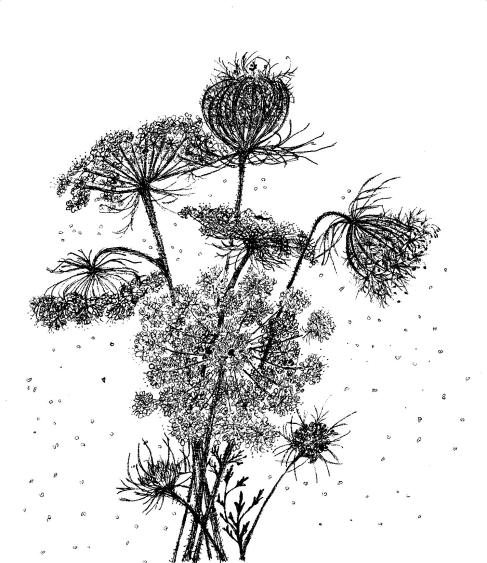
I wrote my first haiku in Sixth Grade and have been an aficionado ever since. Haiku has been referred to as a “restrained mirror of the universe,” and its jewel-like quality – that essence of a shard that reverberates to encompass the entire world – is stunning in its highly compressed brevity. Therein lies the challenge of haiku.
English haiku has been somewhat crippled by the early attempts to mimic Japanese haiku, which included the erroneous idea that the 5:7:5 formula of five syllables, seven syllables and five syllables, needed to be employed, and that the first and third lines had to rhyme, in order to mimic the rhythms of Japanese haiku. However, Japanese use “onji” or “sound symbols,” which refer to phonetic characters that do not actually correlate with English syllables. The 5:7:5 formula is an easy template to follow, but it does not represent the true art of haiku. Great poems have been written in this manner, but they seem hobbled in comparison with the Japanese masters.
A structure of two beats/three beats/two beats, with a break after the second or fifth beat (to mimic the grammatical pause or “cutting word”/kireji found in Japan, yields a poem that is truer to the traditional haiku form. The Japanese typically use a kigo, or “season word” as well.
In “Learn From the Pine,” the master haiku artist Matsuo Basho (1644-1694), wrote, “Learn about pines from the pine, and about bamboo from the bamboo. Don’t follow in the footsteps of the old poets, seek what they sought. The basis of art is change in the universe. What’s still has changeless form. . . Make the universe your companion. . . The secret of poetry lies in treading the middle path between the reality and the vacuity of the world. . . When you are composing a verse, let there not be a hair’s breadth separating your mind from what you write. . . Poetry is a fireplace in summer or a fan in winter. . . The bones of haikai are plainness and oddness. . . Eat vegetable soup rather than duck stew.”
In a great haiku an implosion of music, image and meaning creates that state of “no mind,” the “reason of unreason,” that echoes the Zen moment of awakening. Translation is difficult. Even scholarly translations may fall far short of the original intent of the poem. I’ve read many haiku that didn’t impress me, only to find that in a different translation, the same poem blew my socks off. Oddly enough, one of the best haiku anthologies I’ve come across is a thin paperback volume published by Dover, titled The Classic Tradition of Haiku, edited by Faubion Bowers. It contains a survey of original Japanese poems, extensive footnotes, and a variety of translators (and, on occasion, different translations of the same poem.)
The writer Richard Wright discovered haiku during the last 18 months of his life, proceeding to write over 4,000 of them. For Wright, haiku were “self-developed antidotes against illness” that allowed him to further his art in spite of diminishing health and stamina. His poems suffer from the 5-7-5 curse, which makes them stilted, and at times he seems to be over-striving to mimic the Japanese masters, yet there are some amazing poems interspersed in this incredible body of work.
Here are some examples of what I consider to be “gems” of the haiku world:
Iio Sōgi (1421-1502)
mono goto ni everything that was
oi wa kokoro no has vanished from my aged heart
ato mo nashi leaving not a trace
Arakida Moritake (1472-1549)
asagao ni My span of years
kyō wa miyuran Today appears
waga yo kana A morning-glory’s hour.
Anonymous (1600’s)
tsunu mo oshi I regret picking
tsumano mo oshiki and not picking
sumire kana violets
Ihara Saikaku (1642-1693)
tai wa hana Villages may lack
wa minu sato mo ari Sea bream or flowers
kyō no tsuki but they all have tonight’s moon
Yamaguchi Sodō (1642-1716)
yado no haru In my hut this spring,
nani mo naki There is nothing –
nani mo are There is everything!
Matsuo Bashō (1644-1694)
It’s not like anything
they compare it to –
the summer moon.
Spring!
a nameless hill
in the haze.
furuike ya old pond. . .
kawaza tobikumu a frog leaps in
mizu no oto water’s sound*
Or is this better? Th’old pond – a frog jumps in. Kerplunk!
yagate shinu Nothing in the voice
keshiki wa miezu Of the cicada intimates
semi no koe How soon it must die**
natsukusa ya The summer grass
tsuwamonodomo ga Is all that’s left
yume no ato Of ancient warriors’ dreams
tsuki sumu ya The moon is clear –
kitsune kowagaru I escort a lovely boy
chigo no tomo frightened by a fox
hamaguri no A clam
futami ni wakare separates lid
yukuaki zo from flesh as autumn departs
The sea darkening –
the wild duck’s call
is faintly white
The jars of octopus
brief dreams
under the summer moon.
petal by petal
yellow mountain roses fall –
sound of the rapids
More than ever I want to see
the god’s face
in these blossoms at dawn
year after year
on the monkey’s face
a monkey’s mask
*This is quite possibly the most renowned haiku in the world. An entire book has been devoted to its variations and meanings. It exemplifies the height of satori and “eternity in tranquility.”
**I disliked the translation that went with this (“It gives no sign/that it knows its death is near/the cicada’s cry”) and recalled this translation, which made a deep impression on me when I read it during my teens, used in the J.D. Salinger story “Teddy” in the collection, Nine Stories.
Kasugi Isshō (1652-1688)
mi tsukushita My eyes, which had seen all, come back,
me wa shiragiku ni Back to the white chrysanthemums.
modori keri
Takarai Kikaku (1661-1707)
kojiki kana There goes a beggar
tenchi no kitaru Wearing heaven and earth
natsu goromo As summer clothes
Uejima Onitsura (1661-1738)
gaikotsu no Oh! flower-gazers, who have decked
ue o yosotē the surface of their skeletons!
hanani kana
Tachibana Hokushi (1665-1718)
kaite mitari I write, I look, I erase
keshitari hate wa And in the end
keshi no hana A poppy of erasure***
*** Hokushi’s death-bed poem.
Ogawa Shūskiki (1669-1725)
mishi yume no Even after waking
samete mo iro no From the dream
kakitsubata I’ll see the colors of irises
Kaga no Chiyo (1703-1775)****
koe nakuba but for their voices
sagi ushinawanui the herons would disappear –
kesa no yuki the morning’s snow
wakakusa ya green grass –
kinema kirema ni between, between the blades
mizu no iro the color of water
tsukubcte squatting
kumo o ukagau the frog observes
kaeru kana the clouds
akebono no dawn’s separation
wakare wa motanu unknown
hiina kana to dolls
**** Chiyo was a popular haiku poet, a married woman who later became a nun.
Yosa Buson (1716-1784)
nusabito no a thief
yane ni kieyuku vanishes over the rooftops —
yosamu kana night chill!
furuike no In an old pond a frog ages while leaves fall.
kawazu oiyuku
ochiba kana
among twenty snowy mountains
the only moving thing
was the eye of the blackbird
blow of an ax,
pine scent,
the winter woods
in the summer rain
the path
has disappeared
bats flitting here and there;
the woman across the street
glances this way
Lighting one candle
with another candle –
spring evening.
Before the white chrysanthemum
the scissors hesitate
a moment.
The lights are going out
in the doll shops –
spring rain.
Kobayashi Issa (1762-1826)*****
aki no ya ya autumn night. . .
tabi no otoko no a traveling man’s
harishigoto needlework
utsukushiki gorgeous kite
tako agarikeri rising above
kojiki goya a beggar’s hut
mata mudi ni Once more in vain the stepchild bird opens its beak.
kuchi asku tori no
mamako kana
shi ni jitaku Being born the lowest of the low, I view cherries at night.
itaseitase to
sakura kana
shi ni jitaku Get ready, get ready to die, the cherries say.
itaseitase to
sakura kana
tsuyu no yaw a The world of dew
tsuyu no yo nagara is the world of dew, and yet
sari nagara And yet. . .
In spring rain
a pretty girl
yawning
Naked
on a naked horse
in pouring rain!
writing shit about new snow
for the rich
is not art
what’s said of snowmen
doesn’t last any longer
than the snowmen
let’s ride
on the duckweed flowers
to a cloud over there
the sold horse
looks back at his mother. . .
autumn rain
never forget:
we walk on hell,
gazing at flowers
the distant mountains
are reflected in the eye
of the dragonfly
*****Issa is my favorite haiku poet. His earthy, compassionate poems are the most beautiful in the world.
Masaoka Shiki (1867-1902)
harusame ya spring rain
kasa sashite miru browsing under my umbrella
ezōshiya at the picture-book store
 ichihatsu no this lone iris
ichihatsu no this lone iris
ichirin shirōshi white
haru no kune in spring twilight
yuki furu yo snow’s falling!
shōji no ana o I see it through a hole
mite areba in the shutter. . .
jōbutso ya Buddha-death:
yūgao nokao the moonflower’s face
hechima noke the snake gourd’s fart
Richard Wright (1908-1960)
A cathedral bell
Dimming the river water
In the autumn dusk.
In a drizzling rain,
In a flower shop’s doorway,
A girl sells herself.
Leaving the doctor,
the whole world looks different
This autumn morning.

A night of spring stars:
Waves breaking beyond the wall
Have a dark blue sound.
The blue of this sky
Sounds so loud that it can be heard
Only with our eyes.
A freezing morning:
As sharp as an aching tooth,
A long icicle.
A spring sky so clear
That you feel you are seeing
Into tomorrow
How lonely it is:
A winter world full of rain,
Rain raining on rain.
The neighing horses
Are causing echoing neighs
In neighboring barns.
Of generations
Comes this wild red rose to me,
As I come to it.
In the summer haze:
Behind magnolias,
Faint sheets of lightning.
I had long felt that
Those sprawling black railroad tracks
Would bring down this snow.
Factory whistles
Bring flurries of fat snow
In a winter dawn.
Over spring mountains
A star ends the paragraph
Of a thunderstorm.
The sudden thunder
Startles the magnolias
To a deeper white.
The lighted toy shop
Seen through a frozen window
Is another world.
This well-thumbed novel
Was the tale she loved best –
Fields of autumn rain.
Beyond a sea wall,
An occasional wave flings
Foam at the autumn sky.
I saw the dead man
Impatiently brush away
The flies from his mouth.
Spring snow melting,
But under the dark hedges
Are patches of white.
The ocean in June:
Inhaling and exhaling,
But never speaking.
Golden afternoon:
Tree leaves are visiting me
In their yellow clothes.
With nervous pleasure,
The tulips are receiving
A spring rain at dusk.
Annie Seikonia
I have been writing my own haiku for over forty years. Even now, I find myself tinkering with haiku I wrote decades ago. Sometimes I fantasize about starting a Kickstarter campaign through which I would ask subscribers to pay $100 a year in exchange for haiku-a-day emailed to them for 365 days. Three hundred subscribers, and I could almost quit my day job. Then I could become a full-time haiku master! In any case, here are some of my own recent haiku:
sleeping
I would have missed
this nautilus dawn
three gray squirrels
early Sunday morning —
autumn’s trapeze
rainy Friday night
rooms festooned
with heavy wet laundry
invisible in white
blossoms: the cardinal’s
red song
blue cold gold
bee green
spring throne
a theater of blossoms
unfolds in the opera
of spring rain
white blossoms
on a cold spring night –
solitude
white blossoms
cold black sky
fugitive galaxy
rain at dusk
the dogwood trees
in blossom on the trail
finally home
a pocket of rose petals
recalls the ocean rain
after the summer rain
a crow walking
through mirrors
This slideshow requires JavaScript.
Photographs by Annie Seikonia
